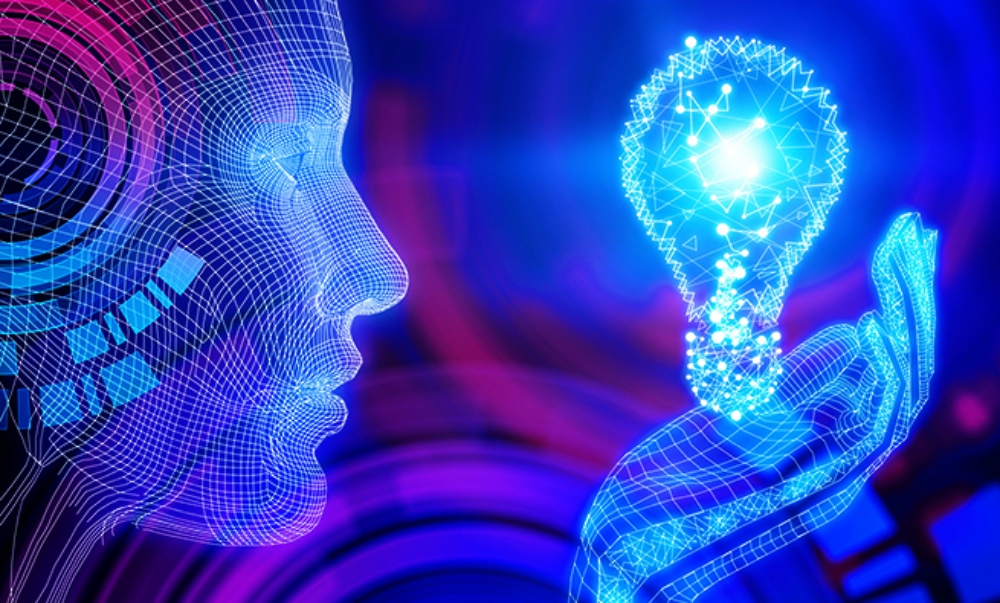Comments
- No comments found

In the 1990s John Koza, a professor at Stanford University carried out a series of experiments involving new ways to create electrical circuits.
He designed a programme which created thousands of random circuit designs. These were measured against desired outcomes. Most were terrible and were eliminated. Those closest to a solution were combined and rerun. This process was repeated many times with the poor performers being eliminated at each stage. Eventually the process yielded completely novel and effective designs. It was an algorithm which mimicked evolution and natural selection but at an accelerated pace. The process has been described as genetic programming. Since then this approach has been used successfully in various fields – particularly in engineering and component design. Now big data and artificial intelligence (AI) have changed the playing field.
Innovations often come from seemingly random combinations. There are now software products which can scour diverse data to find promising starting points for your innovation goals. Machine learning can search unstructured text e.g. from scientific research papers in order to find potential connections with problems and desired solutions.
Iprova is a Swiss company focussed on this task. They aim to use machine learning to find diverse signals from huge sources and separate them from the noise. Clients include Phillips, Panasonic and ABB. One resulting invention allows an autonomous vehicle to carry out health checks on its passengers using advanced sensors. It can assess a passenger’s balance and core stability and might be used to identify the early symptoms of conditions such as multiple sclerosis, Parkinson’s disease or diabetes.
It is believed that many large companies are developing similar AI methods internally but they are reluctant to publicise this as it is seen as a secret competitive advantage.
By combining chance and the examination of immense data sets, AI can come up with inputs which humans would be unlikely to conceive. But while AI can find patterns, unusual signals and original inputs it cannot yet come up with workable innovations. For any well-defined problem AI can provide a broad range of suggestions for radical starting points on the road to solutions. We still rely on human creativity, knowledge and insight to convert these concepts into practical solutions for real-world problems.
Paul is a professional keynote conference speaker and expert facilitator on innovation and lateral thinking. He helps companies improve idea generation and creative leadership. His workshops transform innovation leadership skills and generate great ideas for business issues. His recent clients include Airbus, Microsoft, Unilever, Nike, Novartis and Swarovski. He has published 30 books on lateral thinking puzzles, innovation, leadership and problem solving (with over 2 million copies sold). He also acts as link presenter at conferences and facilitator at high level meetings such as a corporate advisory board. He has acted as host or MC at Awards Dinners. Previously, he was CEO of Monactive, VP International of MathSoft and UK MD of Ashton-Tate. He recently launched a series of podcast interviews entitled Insights from Successful People.
Leave your comments
Post comment as a guest